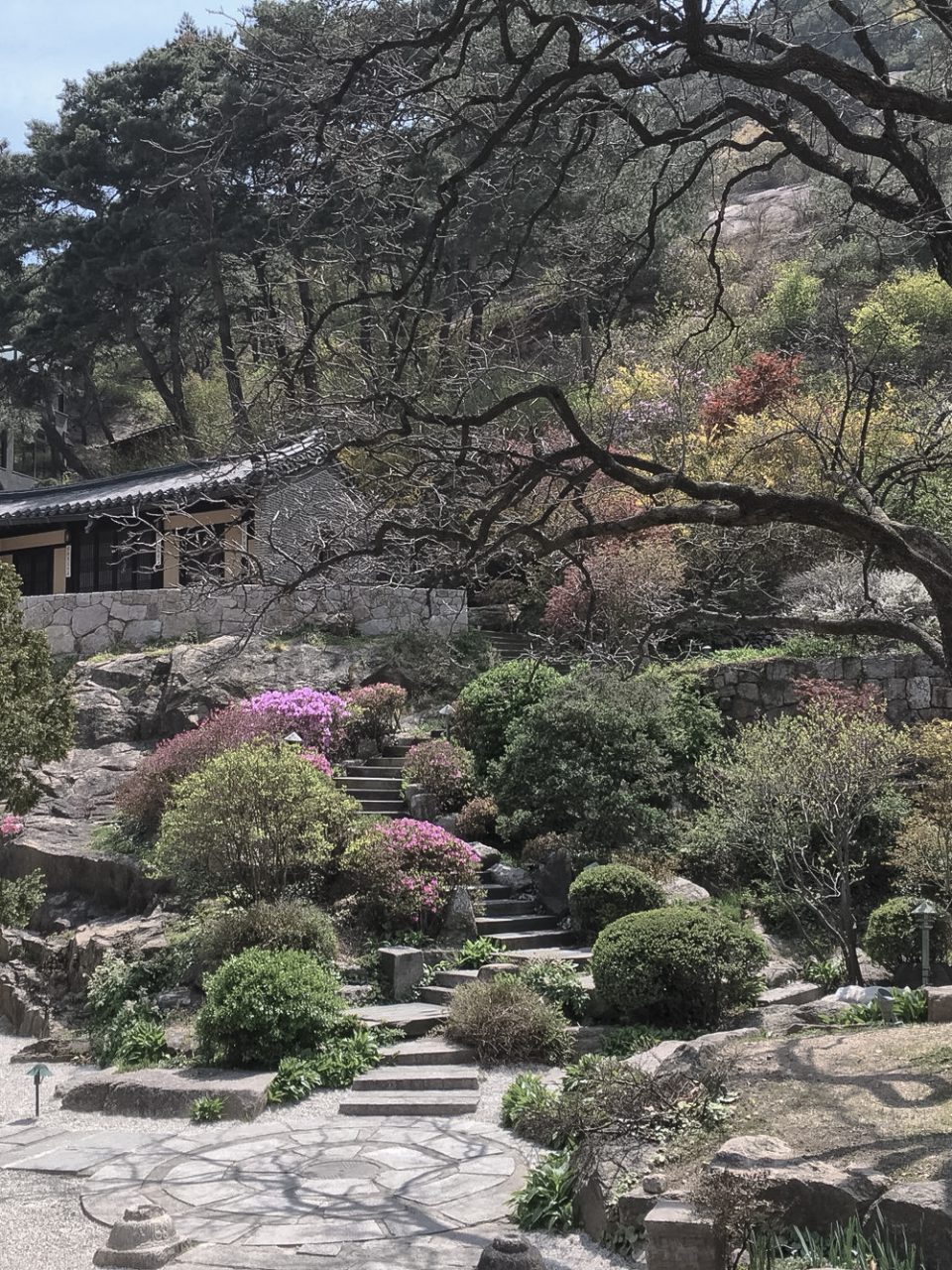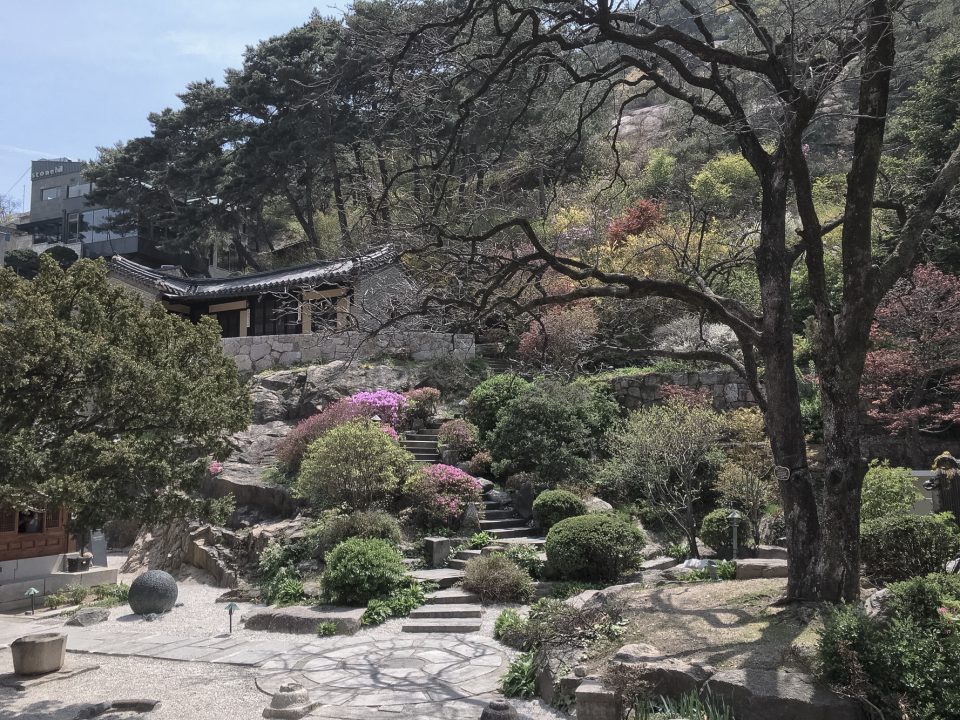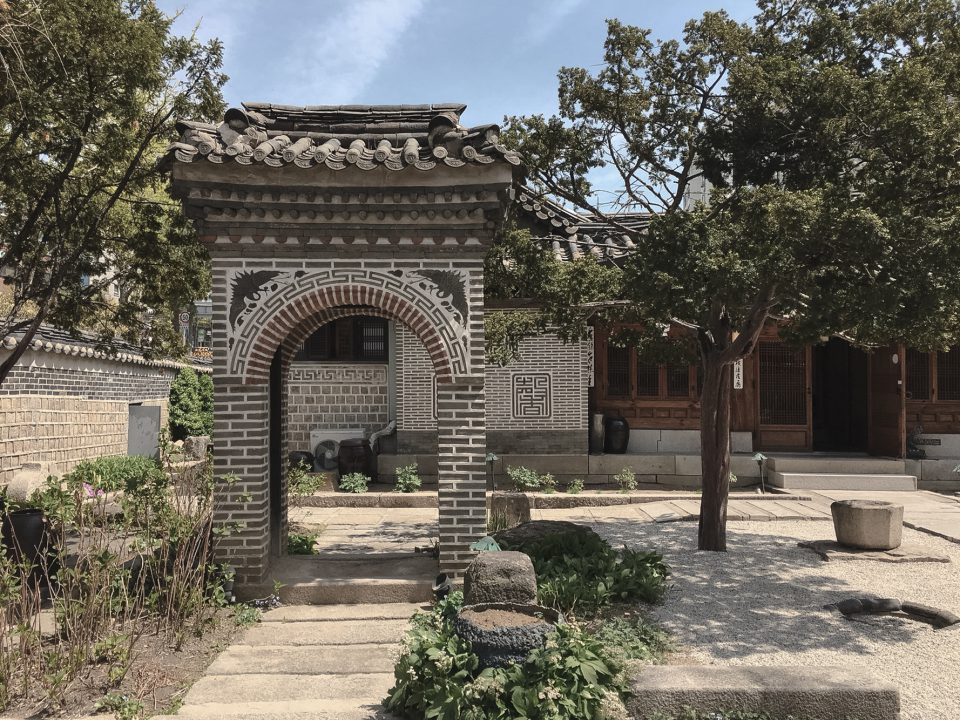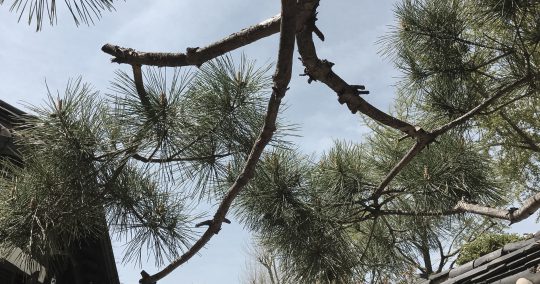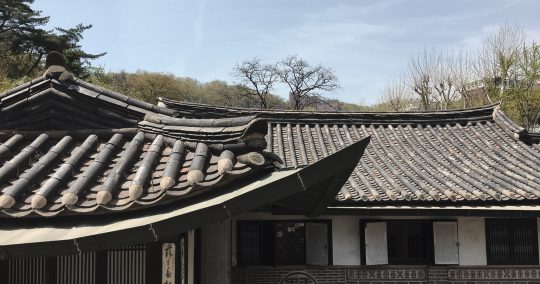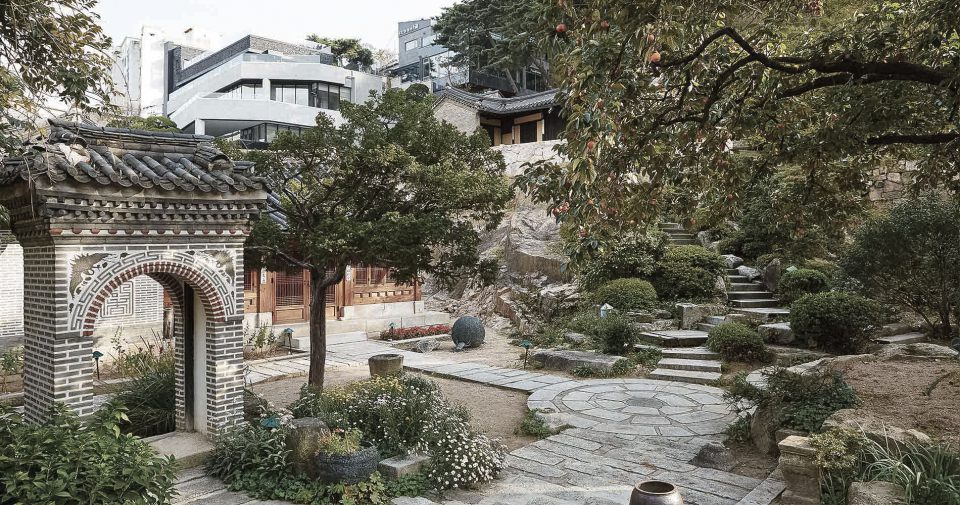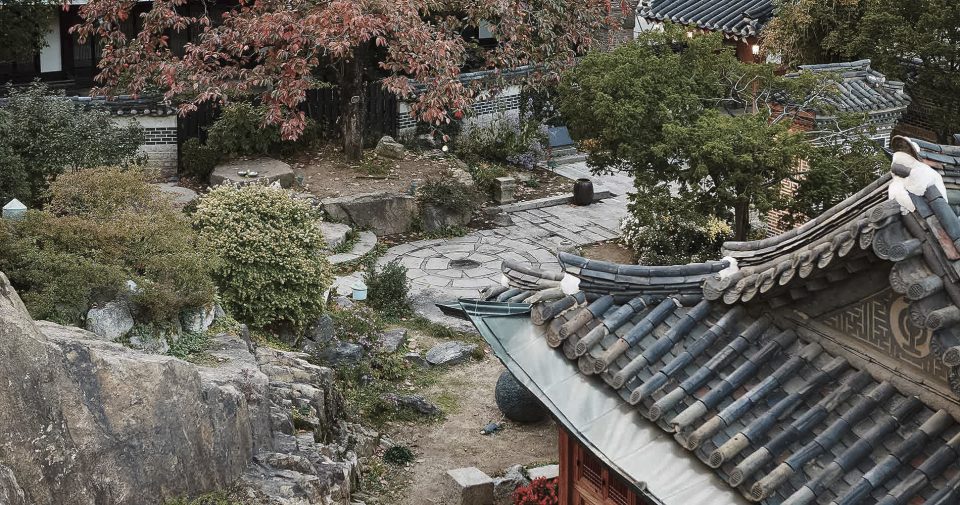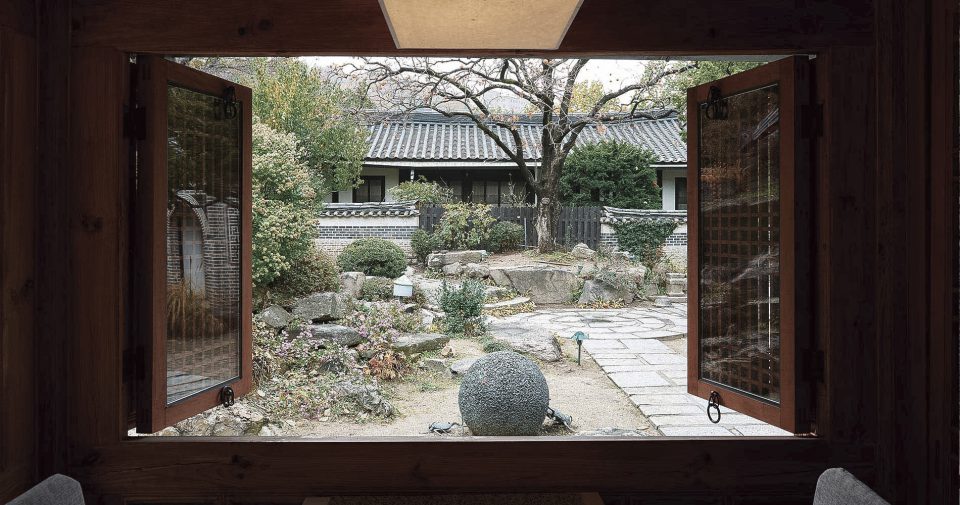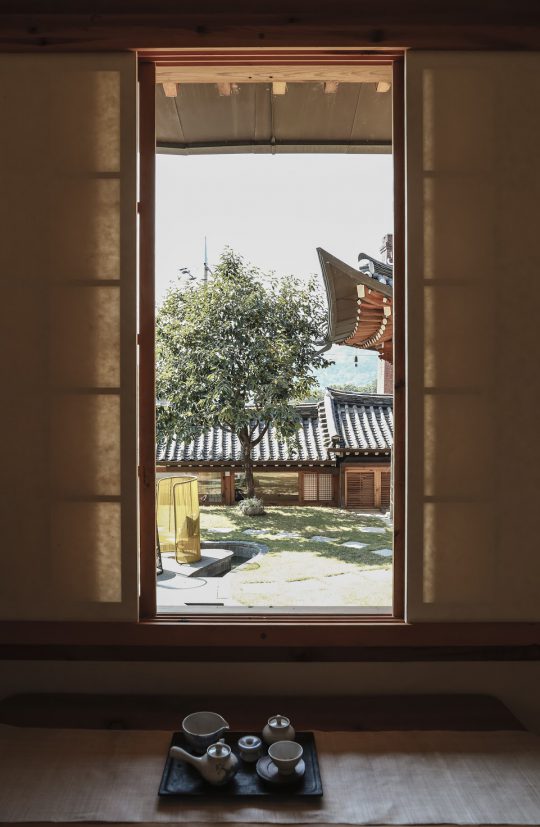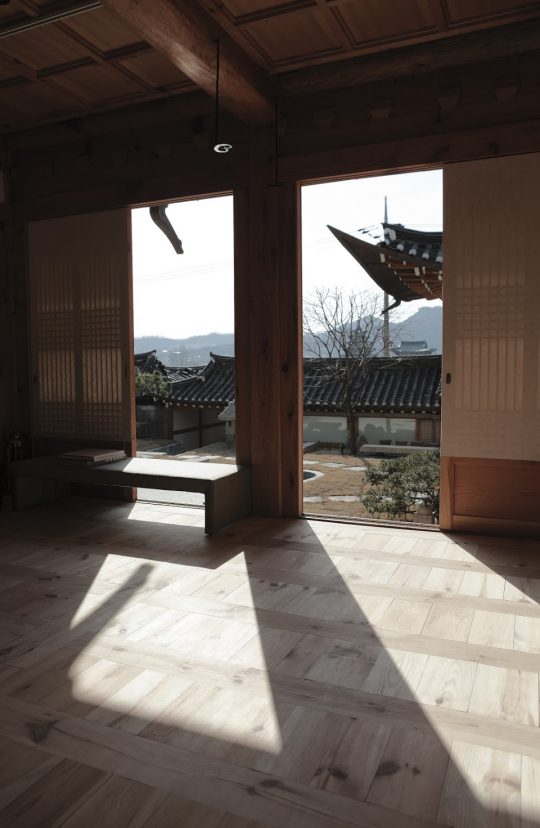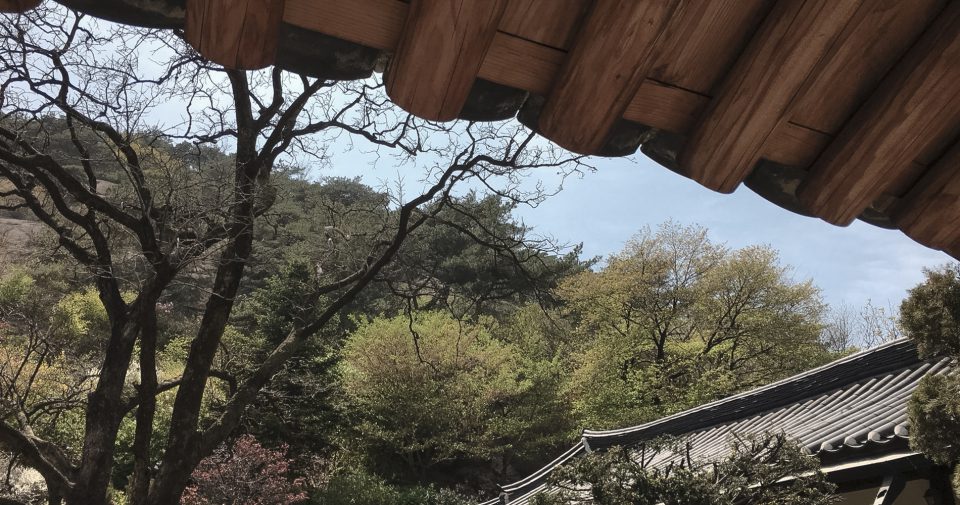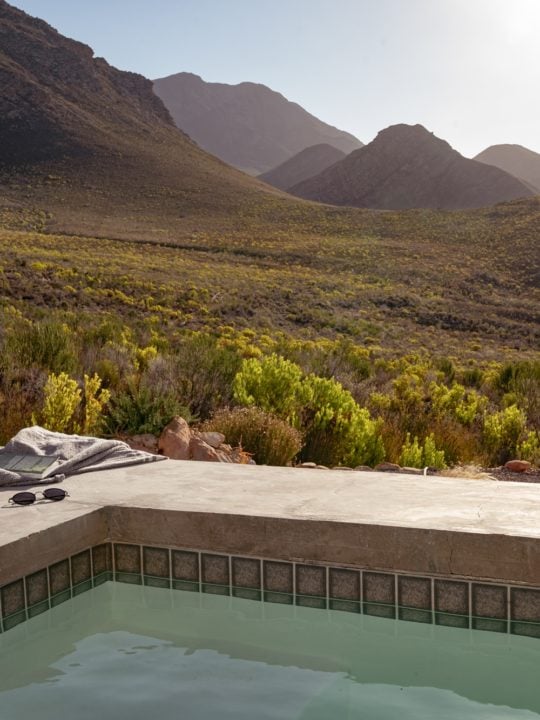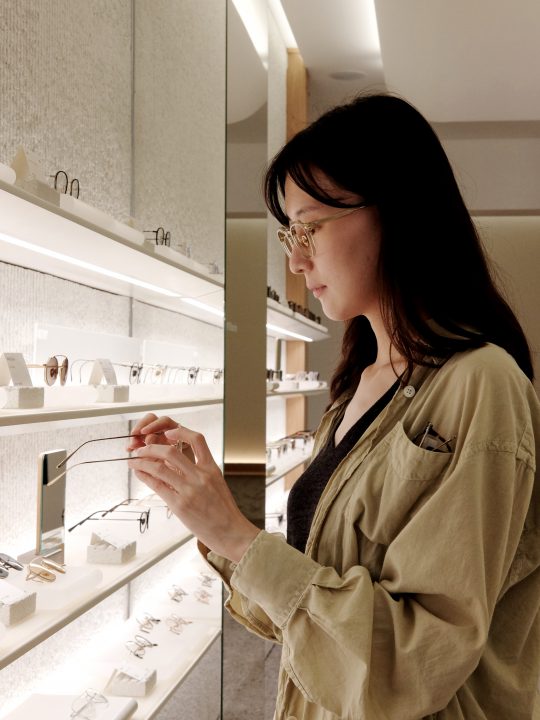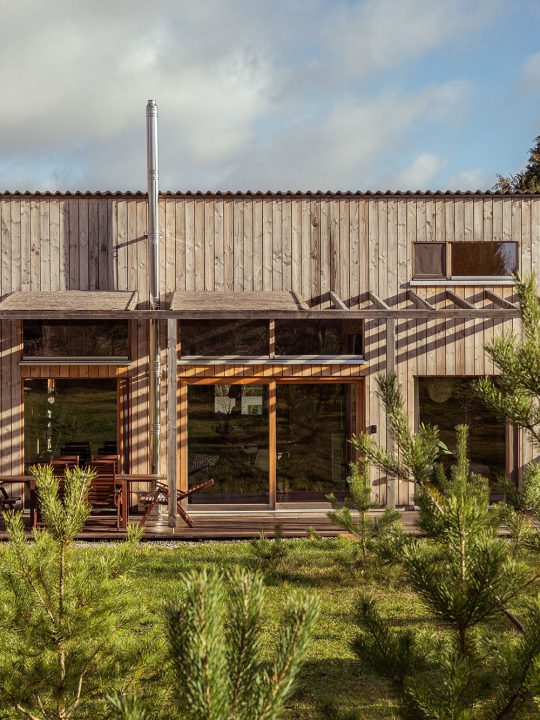MADANG
Madang: an empty space for embracing outside and inside
To refresh and find tranquility after the frenzy of Seoul, one doesn’t need to travel far. Seeking a Korean traditional garden, a Madang, grants a pause to breathe deeply and reset again. A Madang is an interior garden found in Korean traditional homes known as Hanok: a semi-private space for both social interaction and solitude. Located in the area between the main gate and buildings, we consider it as a crucial part of the house, not just as a garden. Physically it seems like an empty space surrounded by buildings, however, it is deliberate; a space full of intangible stories. As the Madang is an open space, it is inherently flexible, used for special events, family gatherings, gardening, enjoying teatime in the morning or even stretching. As a special element, it links every room in the Hanok. Connecting the inside and the outside, the mediated empty space connects the buildings, each environment and us. It is a centralized area for diversity and continuity.
Upon entering the gate to the Madang, one feels the openness in the panoramic scene laid before them: “The Korean Madang is neither enclosed nor isolated, but always maintains openness.” (Derrick, 2014). The versatile spaciousness of it reveals the nature within it, leading us to see the landscape. With an effort to bring the outside inside, this inner garden represents embracing others. Seeing, smelling, touching, hearing, and tasting are all unique in this space; engaged with the environments, the architectural experience in Madang is restorative.
In recent years, modernized and westernized residents in Seoul easily forget about the importance of this open space; the spatial concept of Madang has been overlooked. However, there still exists some special venues within urbanized Hanok, where Madangs still dwell. Given a contemporary touch – Madang as an important spatial concept of Korean traditional architecture – has been reinterpreted in a modern sense. A good example of this is in Seok-pa-rang, a restaurant located in the center of Seoul, which provides an authentic architectural and enriched dining experience in this way. This restaurant was originally used for the vacation home of Heungseon Daewongun during Joseon Dynasty. Design derived from the heritage of Korea, the restaurant’s historic dining room creates an atmosphere that gives the visitor the feeling of going back in time, surrounded by Korean royal foods. The Madang accentuates the organic opulence of this era, lending forth a luxurious greenery and expansive space. A stroll after dining around this Madang is a must.
E-UM THE PLACE is another space that exemplifies a well-preserved and urbanized Hanok. As ‘E-um’ means ‘connecting each other’ in Korean, E-UM THE PLACE was renovated to a private Hanok gallery in order to “connect the dignity of tradition, the beauty of present, and future values.” Connecting the main building and the annex, 5 empty Madang can be used for diverse events and occasions from concerts to weddings. The spatial flexibility enables its visitors to be connected and collectively involved in the energy of entertainment.
Connecting history, the present, and the future, the concept of Madang remains intact. Traditional outside but contemporary inside, a balance between them gives us an authentic sense of unity and inclusion. Escaping from the buzz of the city, the architectural experiences in Madang give us a little balance to our everyday lives.

